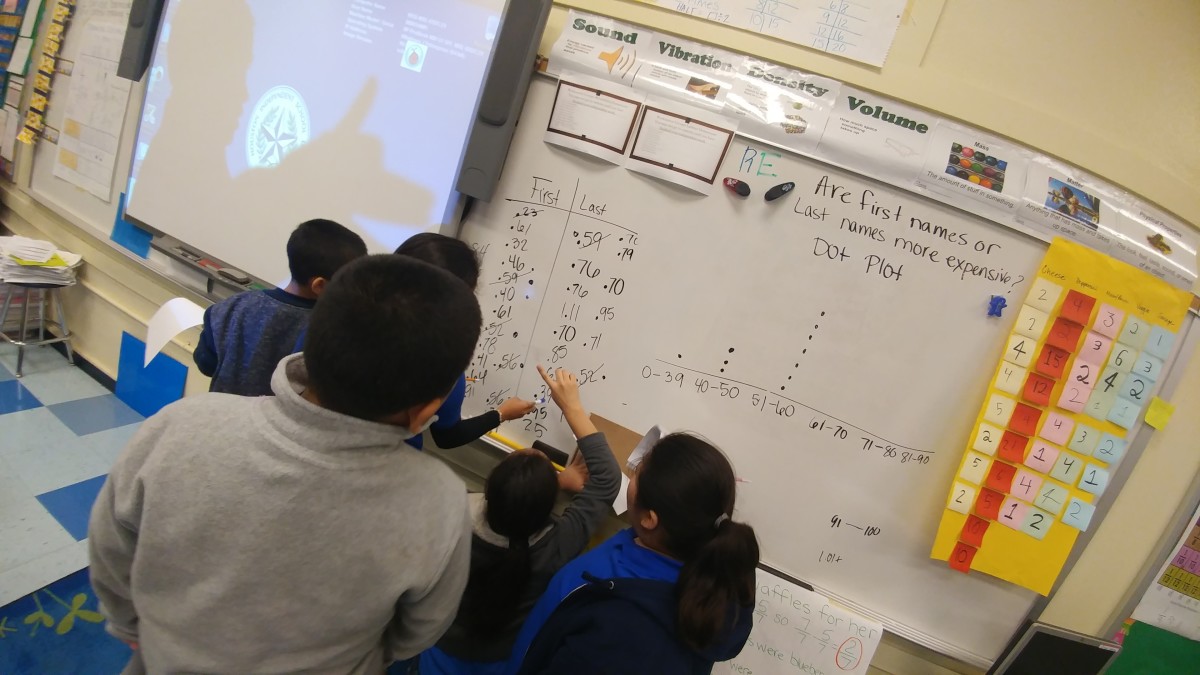Cell Phones and Schools: Should Students Be Allowed to Have Cell Phones in Class?

Imagine this: You have worked hard on an amazing lesson plan, and your students are actually paying attention, when out of nowhere a cell phone starts playing the latest hit rock song at full blast. Suddenly, all the attention of your students is lost, and you must spend the next ten to fifteen minutes trying to get it back. This is a scenario that teachers across the nation face every day. More than ever, technology has entered the classroom in the form of cell phones.
Once predominate only in middle school and high school, cell phones are now becoming popular in the elementary school as well. According to Dodds and Mason, “200,000 U.S. children age 5 to 9 carry cell phones, and 7 million aged 10 to 14 carry cell phones.” It has become a situation that teachers and administrators have to address.
The main reason why teachers are concerned with cell phones in their classroom is because they disrupt lessons. However, there are other important reasons too. A growing concern in cell phones is the use of cameras. “A new form of harassment emerges when students take photos of unsuspecting classmates and share them on the Internet” (Dodds and Mason, 2005). This has caused some schools to have legal issues. Cell phones can also create problems with cheating in a classroom. Students can text answers and test content to other students in the class or in other parts of the school.
Even with all the downfalls of cell phones in class, some parents believe that they are essential in this day in age. “As a parent, I feel more comfortable with my own son carrying his cell phone in his book bag,’ says Bill Nuzzi. ‘In this less than perfectly safe world, it feels like a link to more familiar security” (Dodds and Mason, 2005). It is understandable that parents worry about the safety of their child. In fact, cell phones can actually aid a school in an emergency situation. “Students with cell phones have the option of calling their parents when there is an emergency and keeping the school phones free from the clutter of worried parents calling in” (www.acteonline.org).
Cell phones can also be used as a tool for learning in certain classes. For instance, a Career and Technical Education teacher can use a cell phone to “supervise a student’s phone interview for a possible internship or apprenticeship” (www.acteonline.org). They can also be used as a way to supplement learning by using them almost as a mobile computer. In situations like this, a phone can be an asset in the classroom.
Most teachers believe that there is a time and place for cell phones and that the classroom is not that place. The biggest complaint teachers have is that many parents are not teaching proper phone etiquette to their children. Therefore, the children end up thinking the phone is a toy. Teachers will eventually have to step in and teach children about the “rules” of cell phone use. Many school distrcits are now including these lessons on their curriculum. It is up to each individual teacher how they will handle this or whether they will be allowed in their room at all. Cell phones, whether they are good or bad, are going to be a part of the classroom. It is something that all teachers need to think about.
References
(2011). Cell Phones in the Classroom. Techniques: Connecting Education & Careers. Vol. 81 Issue 8, p8-9, 2p.
Dodds, Richard, and Mason, Christine. (2005). Cell Phones and PDA’s Hit K-6. Education Digest: Essential Reading Quick Review, Vol. 70, Issue 8.
© 2011 Mary Ellen Quigley








